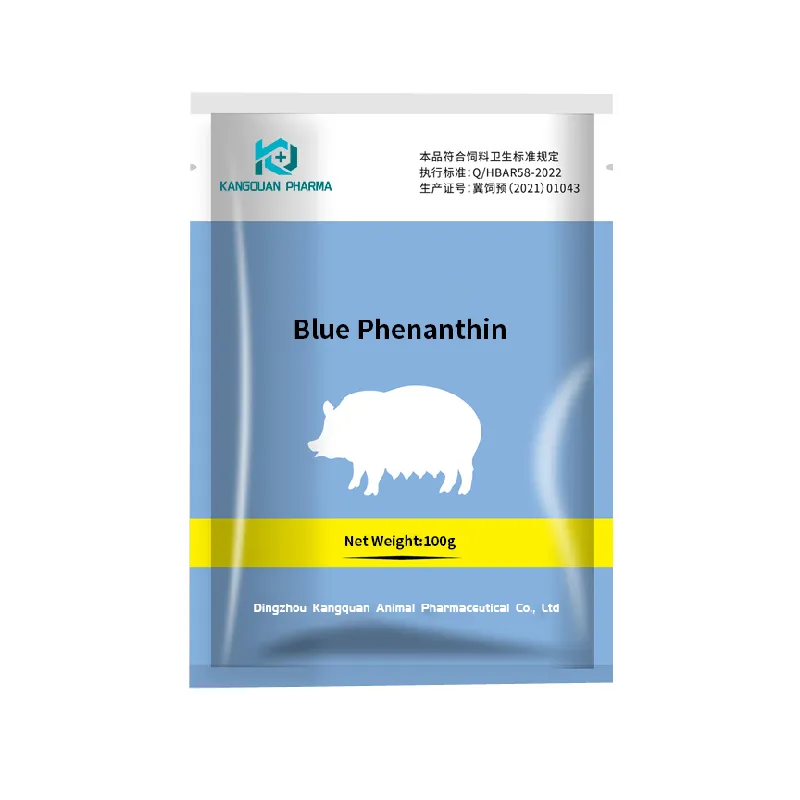- Afrikaans
- Albanian
- Amharic
- Arabic
- Armenian
- Azerbaijani
- Basque
- Belarusian
- Bengali
- Bosnian
- Bulgarian
- Catalan
- Cebuano
- Corsican
- Croatian
- Czech
- Danish
- Dutch
- English
- Esperanto
- Estonian
- Finnish
- French
- Frisian
- Galician
- Georgian
- German
- Greek
- Gujarati
- Haitian Creole
- hausa
- hawaiian
- Hebrew
- Hindi
- Miao
- Hungarian
- Icelandic
- igbo
- Indonesian
- irish
- Italian
- Japanese
- Javanese
- Kannada
- kazakh
- Khmer
- Rwandese
- Korean
- Kurdish
- Kyrgyz
- Lao
- Latin
- Latvian
- Lithuanian
- Luxembourgish
- Macedonian
- Malgashi
- Malay
- Malayalam
- Maltese
- Maori
- Marathi
- Mongolian
- Myanmar
- Nepali
- Norwegian
- Norwegian
- Occitan
- Pashto
- Persian
- Polish
- Portuguese
- Punjabi
- Romanian
- Russian
- Samoan
- Scottish Gaelic
- Serbian
- Sesotho
- Shona
- Sindhi
- Sinhala
- Slovak
- Slovenian
- Somali
- Spanish
- Sundanese
- Swahili
- Swedish
- Tagalog
- Tajik
- Tamil
- Tatar
- Telugu
- Thai
- Turkish
- Turkmen
- Ukrainian
- Urdu
- Uighur
- Uzbek
- Vietnamese
- Welsh
- Bantu
- Yiddish
- Yoruba
- Zulu
نويابىر . 16, 2024 23:14 Back to list
glutaraldehyde solution for sterilization
Glutaraldehyde Solution for Sterilization An Overview
Glutaraldehyde is a potent chemical agent widely used in healthcare settings for sterilization and disinfection. Known for its efficacy against a broad spectrum of microorganisms, including bacteria, viruses, fungi, and spores, glutaraldehyde is particularly valued in the medical field for its ability to sterilize heat-sensitive instruments and equipment. This article delves into the properties, uses, advantages, and precautions associated with glutaraldehyde solution in sterilization protocols.
Properties of Glutaraldehyde
Glutaraldehyde is a colorless, oily liquid with a pungent odor, classified as a dialdehyde. Its chemical structure allows it to interact with amino groups in proteins, effectively denaturing them and disrupting cellular functions, which is vital in its sterilization action. Generally, glutaraldehyde solutions used for sterilization range from 2% to 25% concentrations, with 2% being the most commonly used formulation for high-level disinfection. The solution has a relatively fast action time—typically requiring just 20 to 30 minutes for disinfection, and about 10 hours for complete sterilization depending on the concentration and conditions.
Applications
Glutaraldehyde is predominantly used in hospitals and laboratories for sterilizing various medical devices and instruments that cannot withstand high temperatures, such as delicate endoscopes, surgical instruments, and nephrologic devices. Additionally, it finds application in the sterilization of certain biological materials, like animal tissues for research. Its ability to penetrate and effectively disinfect complex geometries makes it an invaluable asset in preventing healthcare-associated infections (HAIs).
Advantages of Glutaraldehyde
glutaraldehyde solution for sterilization

One of the main advantages of using glutaraldehyde is its broad-spectrum efficacy. It is effective against not only vegetative bacteria but also bacterial spores and viruses. This makes it an essential component in infection control protocols. Furthermore, unlike many other chemical agents, glutaraldehyde retains its efficacy in the presence of organic matter, making it suitable for use in diverse environments. Its relatively fast action also ensures that instruments can be processed quickly, promoting operational efficiency in medical settings.
Precautions and Safety
Despite its advantages, the use of glutaraldehyde is not without its challenges. It is a sensitizing agent and can cause irritation to the skin, eyes, and respiratory tract. Prolonged exposure can lead to serious health effects, including allergies or respiratory issues, especially for healthcare workers handling the solution regularly. Therefore, strict adherence to safety protocols is essential when using glutaraldehyde. Personal protective equipment (PPE), such as gloves, masks, and goggles, should be worn to minimize exposure.
Proper ventilation in the area where glutaraldehyde is used is also crucial. Additionally, it's important to follow recommended guidelines regarding dilution and exposure times to ensure effective sterilization while maintaining safety. Regular training and education regarding the handling and risks associated with glutaraldehyde should be provided to all personnel involved in its use.
Conclusion
Glutaraldehyde solution is a cornerstone in sterilization practices within the healthcare industry, owing to its broad-spectrum antimicrobial properties and effectiveness in sterilizing heat-sensitive medical instruments. However, its application must be balanced with adequate precautions to ensure the safety of healthcare workers and patients alike. By rigorously adhering to safety protocols and operational guidelines, glutaraldehyde can continue to be an effective tool in infection control and patient safety in medical environments. As we advance in medical technology and practices, an ongoing evaluation of sterilization methods, including the role of glutaraldehyde, remains essential in enhancing healthcare outcomes and ensuring a safe clinical environment.
-
Guide to Oxytetracycline Injection
NewsMar.27,2025
-
Guide to Colistin Sulphate
NewsMar.27,2025
-
Gentamicin Sulfate: Uses, Price, And Key Information
NewsMar.27,2025
-
Enrofloxacin Injection: Uses, Price, And Supplier Information
NewsMar.27,2025
-
Dexamethasone Sodium Phosphate Injection: Uses, Price, And Key Information
NewsMar.27,2025
-
Albendazole Tablet: Uses, Dosage, Cost, And Key Information
NewsMar.27,2025













